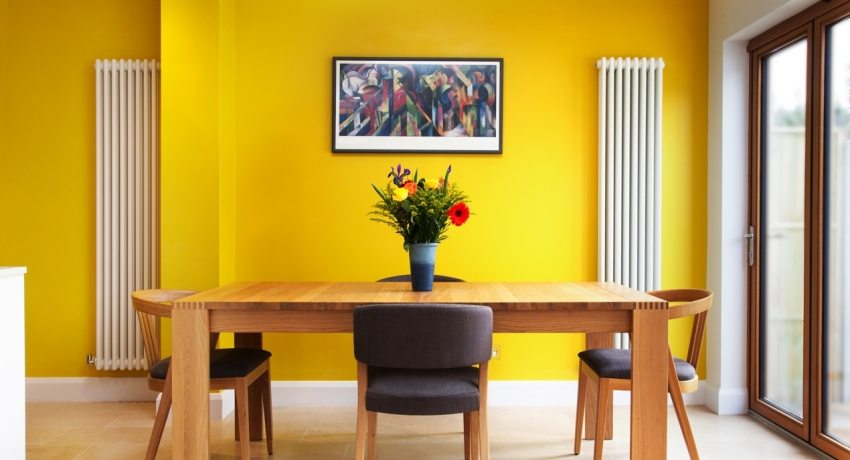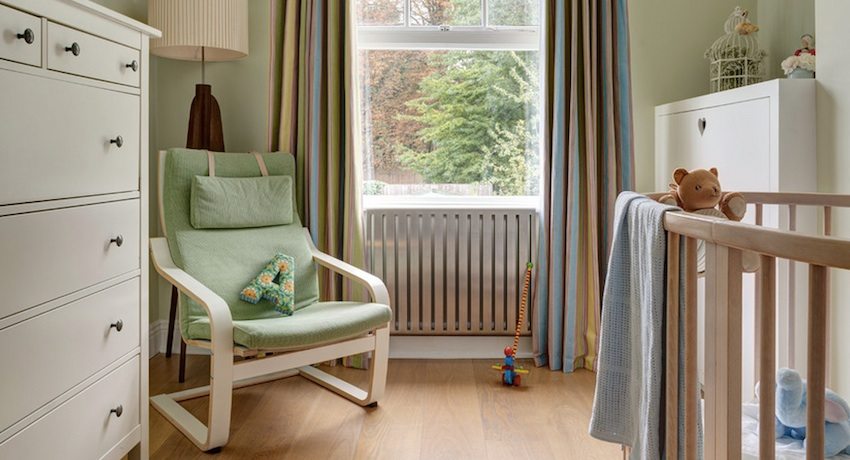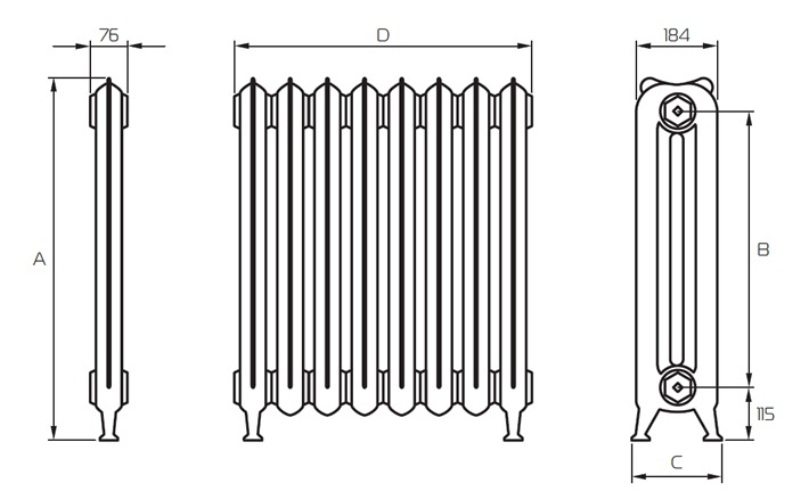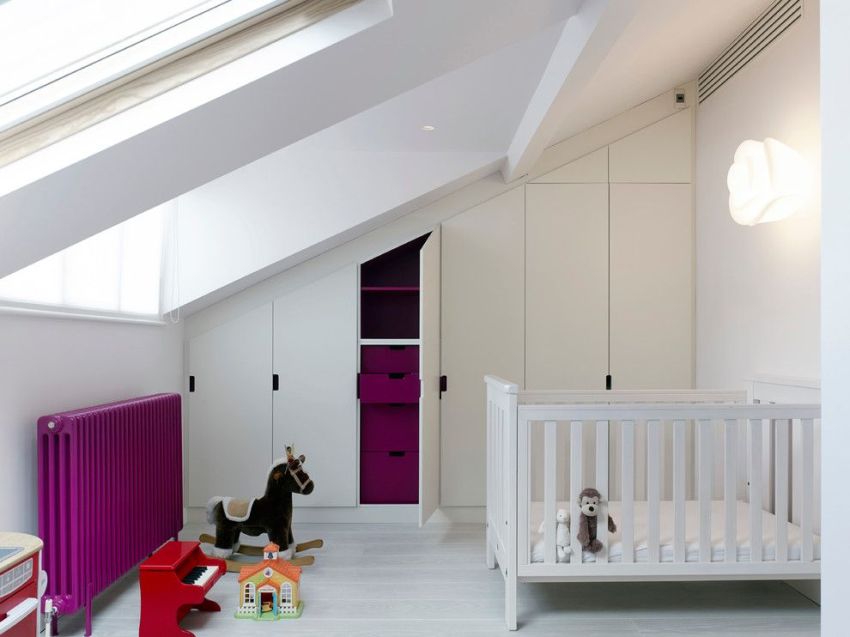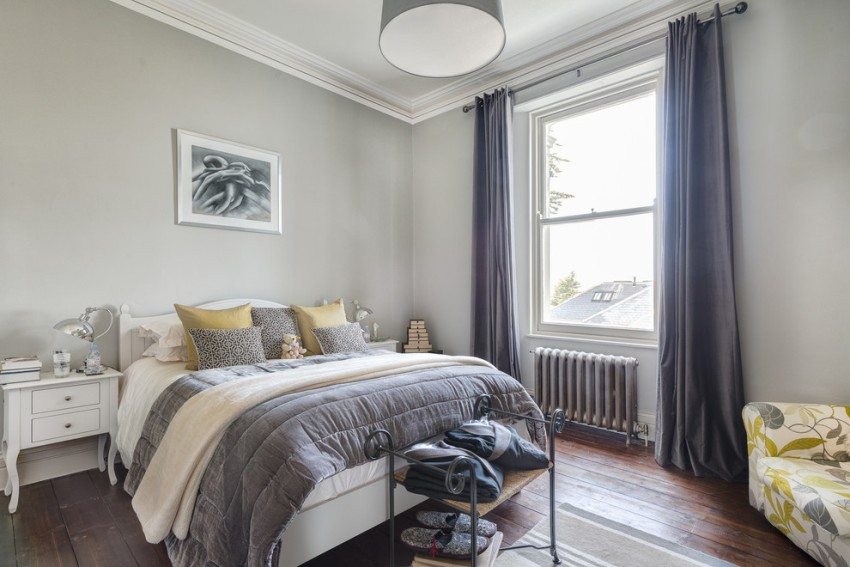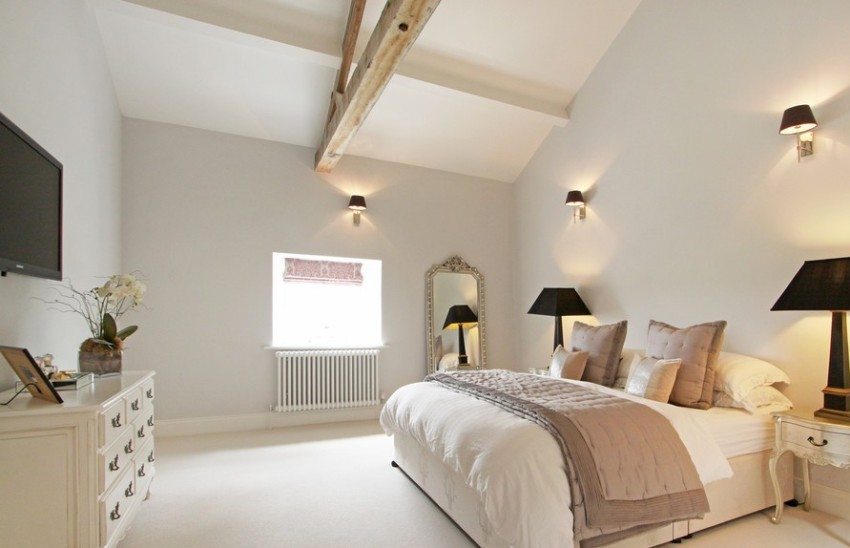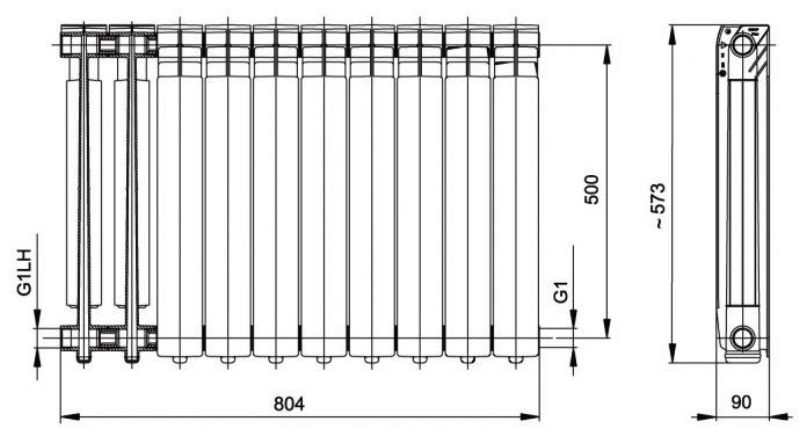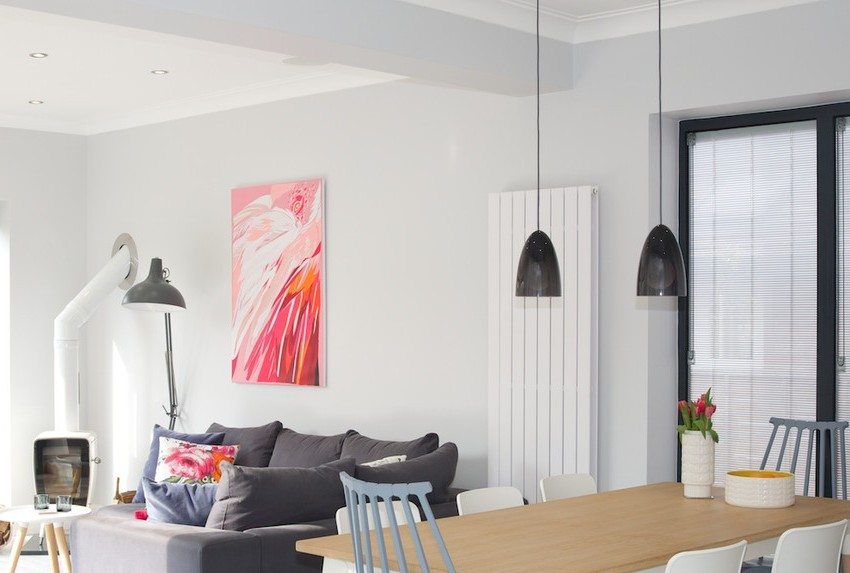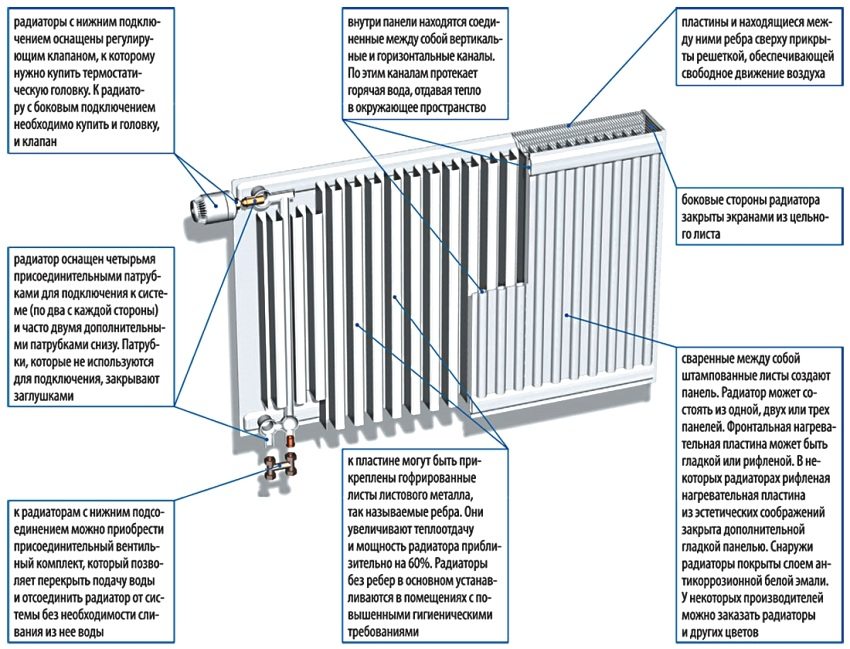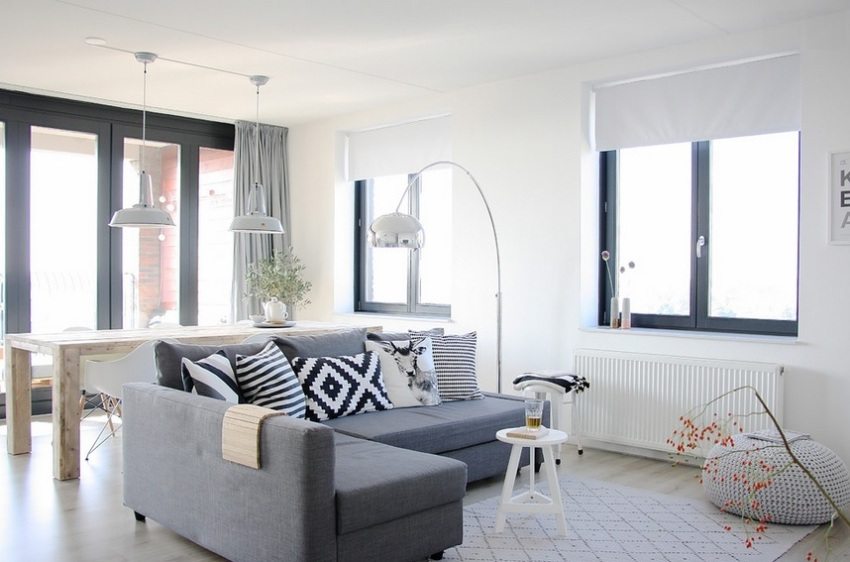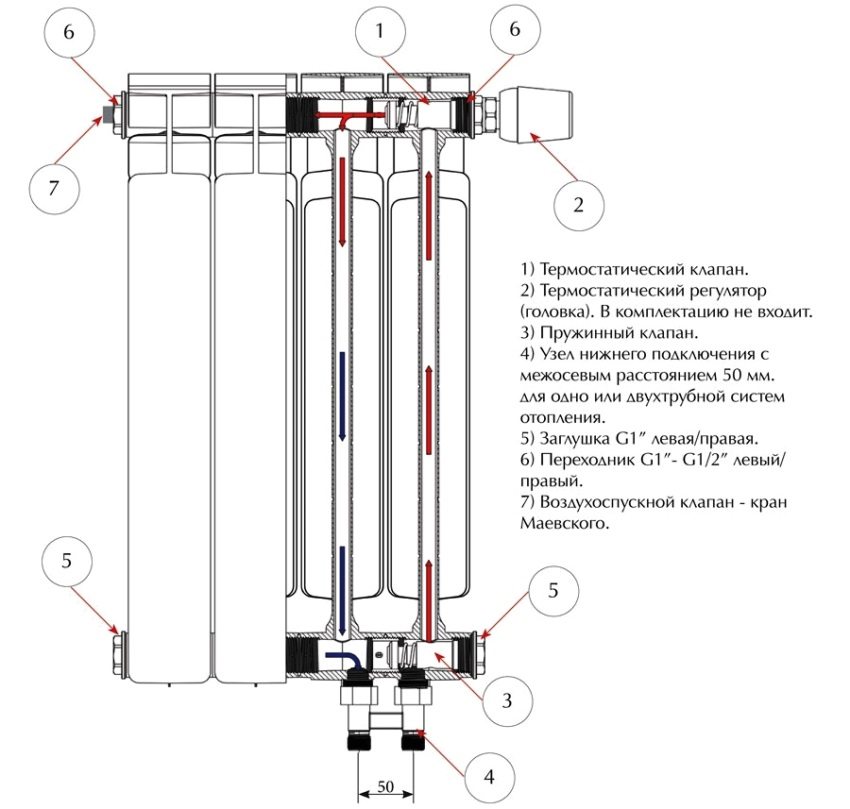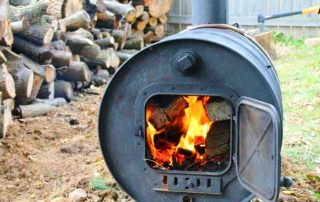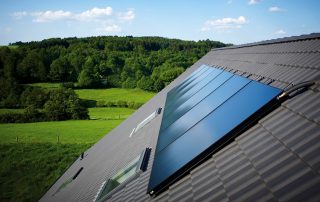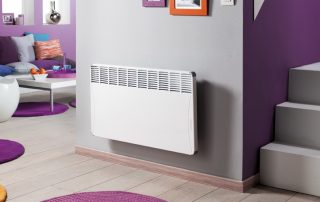Starting any work related to heating in the house, each owner asks himself which heating batteries are better. Today the market for heating equipment is represented by a wide variety of heating radiators. Everyone is capable of getting lost in it. In order to be fluent in the situation, it is necessary to study all the available options for radiators, their description and features, pros and possible cons.
Content [Hide]
Types of heating radiators and their description
The variety of heating radiators is due to the fact that they are made from completely different metals. Their consumer properties and appearance depend on this. Let's review the most famous types of radiators that can be purchased in the store today: cast iron, aluminum, steel, bimetallic, copper.
To determine which heating batteries are better in certain conditions, it is necessary to study their technical characteristics.
Cast iron batteries
This is the oldest type of battery, which was the only one widespread in the USSR since the beginning of the era. water heating... It is no coincidence that they held out for so long. After all, cast iron is a very corrosion-resistant and reliable material. With proper care and periodic cleaning, cast iron section batteries last 50 years. With excellent heat capacity and wall thickness, such radiators do not cool down for a very long time, even when the heat supply is turned off. They cannot be destroyed by the water hammer that occurs when the central heating system starts up in autumn. Such radiators are better for an apartment. What prices have developed for them on the market today depends on various parameters. However, they are significantly lower than other types. Bad water, air and rust do not really affect the technical condition of the radiators.
Cast iron batteries have a number of disadvantages that limit their use in modern realities. Firstly, it is too heavy, making it difficult to transport and install. Secondly, high inertia, which does not allow the use of these products in systems with automatic temperature control. Thirdly, not a very good and attractive appearance. By the way, here and there they learned to turn the last drawback into an advantage. Today you can find very exquisite cast iron products with beautiful designs and coloring. They are used in retro-style rooms.
We will consider the technical and dimensional features of the cast-iron type of radiators using the example of an MC 140 500 battery:
- The maximum water temperature in them can reach 130 C.
- The operating pressure is up to 9 atmospheres, and during the pressurization period of the system up to 15 atmospheres.
- Sectional radiator with two-channel sections, volume 1.35 liters, width 0.98 m and height 0.5 m.
- Heat dissipation under normal operating conditions is 175 W.
Helpful advice!When constructing a heating system using cast iron batteries, calculate the number of sections as follows: with the required 1 kW of energy per 10 m2 and 0, 175 kW in one section, 12 sections are needed per room with an area of 20 m2.
Knowing these characteristics and properties, you can give an answer to the question of which heating batteries are best for an apartment. Prices for cast iron radiators are pushing even more towards purchasing such devices.
Aluminum batteries
The technical features of aluminum batteries are determined by the metal from which they are made. Aluminum is lightweight and durable, not afraid of corrosion and scale formation. It has excellent heat dissipation, due to which it has low inertia. Aluminum radiators heat up and cool down so quickly that this allows the use of this type of batteries in automated heating systems by connecting thermostats and other sensors to them. Due to the narrow channels, there is no need to fill the system with large amounts of water.
As disadvantages, one can point out: fear of an alkaline environment, under the influence of which corrosion occurs, a rare but possible leakage at the junctions of sections, the appearance of gas inside the battery. The main necessary quality of aluminum radiators is good inertia. In this regard, such heating batteries are better for a private house. Whatever automatic climate controls are used in the house, aluminum radiators will perfectly match them.
Helpful advice! When buying aluminum radiators, ask the seller about the properties of the model you like. This is necessary for the correct calculation of their number.
Steel heating radiators
If you want to have beautiful batteries in your home that have suitable technical characteristics for use in autonomous heating systems, while having a low cost, then you need to purchase steel batteries. They are a multi-tube design. It can be solid or sectional with various designs to suit any interior. Such products have excellent heat transfer and very little inertia. They are not afraid of corrosion, but they cannot withstand water shocks and pressures of more than 25 atmospheres. This does not allow purchasing such heating batteries for an apartment. What are the best prices, theirs or aluminum ones? With equal technical and decorative parameters, the steel version will cost less, simply because the price of steel is noticeably lower than the price of aluminum.
Heat in steel radiators is transferred by convection and radiation, so they are very efficient. The room temperature rises quickly. The operating pressure of these batteries should not exceed 16 atmospheres, and the water temperature is 110 degrees. However, these characteristics are highly dependent on the thickness of the steel radiator housing.
Bimetallic batteries
In the production of this type of radiator, two metals are used. There is a steel pipe inside the structure, and the ribs attached to it are made of aluminum.This option combines all the finest qualities of steel and aluminum radiators. Radiators of this type can safely tolerate a pressure of 50 atmospheres. Due to the special shape of the ribs, they provide a swirl of hot air, not allowing it to accumulate in one place in the room.
They also have disadvantages: too high a price, accumulation of slags inside the tubes, sensitivity to excess oxygen in water. Another disadvantage is the presence of a bimetallic boundary, on which a potential difference arises, which reduces the efficiency of the devices. For this reason, it is not necessary to use such heating batteries for a private house. Which is better to buy, was indicated above.
Helpful advice!If the price is not a significant problem for you, then it is better to install in a city apartment bimetallic batteries... They have a beautiful design and sufficient resistance to the surprises of central heating.
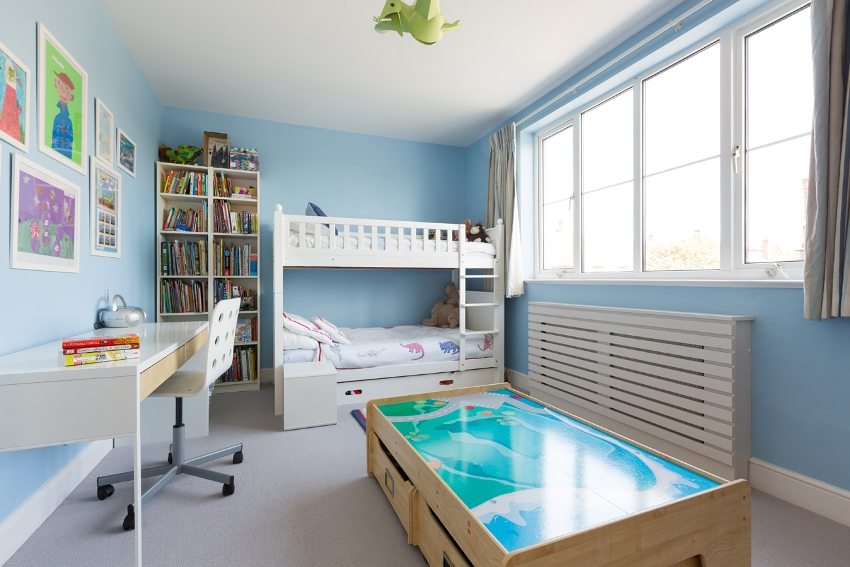
To avoid burns - it is advisable to put on protective covers on the batteries in the children's room
Copper type heating radiators
They are made from a seamless pipe without the use of metals other than copper. On a pipe with a diameter of 28 mm, ribs and a protective wooden casing with a decorative design are installed. Since copper has the highest thermal conductivity of all metals, such batteries heat rooms 5 times more intensely than cast iron and twice as fast as aluminum. Low inertia allows the use of such devices in any automatic heating systems. Oxide layer formed on the inner walls radiator, protects the battery from corrosion very effectively. It is impossible to say anything about the shortcomings of this type of devices, since the only one is the high price.

Installation and dismantling of batteries is a laborious and costly process, therefore, their choice must be treated very carefully
Which heating batteries are better
Having studied the characteristics of all types of radiators, you can decide which heating batteries are best for you. If you own a city apartment with central heating and do not have the funds to purchase expensive bimetallic or copper radiators, then purchase cast iron batteries. They fully satisfy your needs for quality and endurance, but not for design.
Which radiators are best for a private house? It all depends on the heating system that is installed. If it has a lot of automation, then it is better not to use cast iron radiators. All other types are suitable. Which radiators are the best from the rest? A matter of taste and wallet. You can install any.
